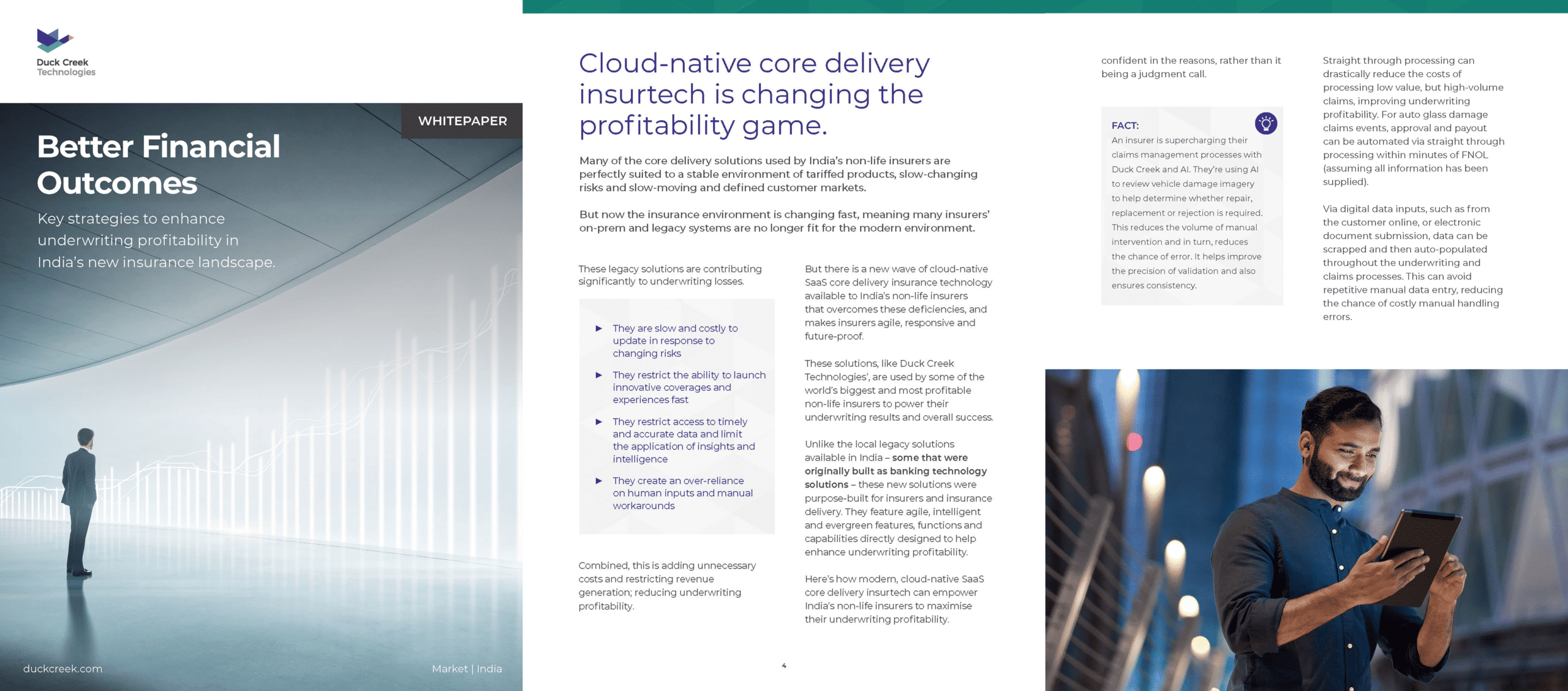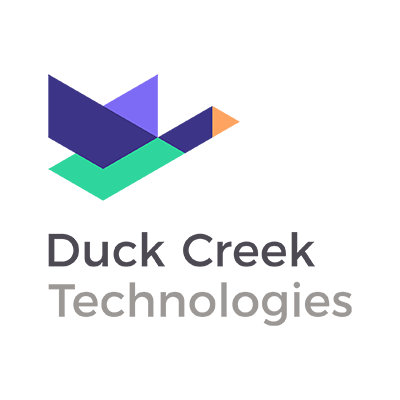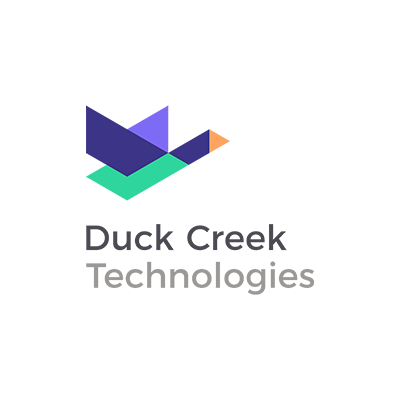India’s non-life insurance sector is undergoing a rapid transformation. As the Insurance Regulatory and Development Authority of India (IRDAI) pursue its ambitious Insurance for All by 2047 initiative, insurers are under increasing pressure to extend coverage to more people whilst adapting to a constantly shifting regulatory, risk and business landscape. Many insurers are confidently navigating this period, with over 70% of insurers posting profits after tax for FY24, but a concerning 78% recorded underwriting losses for the same period. This disconnect highlights a deeper structural issue — that may be caused by legacy and on-prem insurtech systems preventing insurers from adapting to change.
Underwriting profitability hinges on a delicate balance between premium revenues and claims and administrative costs. Outdated technology may be limiting an insurers’ ability to set accurate, responsive and competitive rates in an environment of rapid changes in risks, behaviors and market dynamics. But a new generation of cloud-native core delivery insurtech solutions is emerging as a powerful tool to solve this problem.
New whitepaper available: Better Financial Outcomes – Key strategies to enhance underwriting profitability in India’s new insurance landscape.
The Need for Speed — and Accuracy — in Rate Changes
The IRDAI’s push toward de-tariffed rates and increased access to underserved customers is creating opportunities and challenges. In addition, risk profiles are changing rapidly and more data is available than ever before — from satellite imagery to IoT devices. This is creating an environment for more dynamic pricing. However, most on-premise and legacy insurtech systems are simply too slow and rigid to allow insurers to respond fast enough with more accurate rates.
Updating rates on these legacy platforms often requires complex coding, deep technical expertise, multiple teams and departments and weeks of effort. As a result, insurers struggle to introduce granular pricing, apply data-driven insights, or adjust rates quickly enough to reflect real-time risk conditions. This delay can lead to underpricing, overpricing, or missed opportunities to diversify offerings — all of which compromise underwriting profitability.
The Cloud-Native Advantage
Cloud-native SaaS solutions, such as Duck Creek’s rating engine, are designed to solve these exact issues. Built specifically for insurance delivery — not retrofitted from banking technology systems — these platforms bring unmatched agility, scalability, and intelligence to rating.
Key features that support faster, more targeted rate changes include:
- Excel-based rate table architecture: This allows users of all experiences and expertise to construct or update rating formulas intuitively and efficiently.
- Low-code configuration: Business users, including those in finance and actuarial roles, can create and deploy rate changes directly — often within hours — without the need to involve IT teams.
- ‘What If’ modeling: Insurers can test rate changes in simulated environments to forecast their impact on policy portfolios and profitability before going live.
Find out the top 5 tech strategies to enhance underwriting profitability.
Unlocking Underwriting Profitability
By enabling more frequent and accurate rate adjustments at a more segmented and granular level (without adding additional complexity), cloud-native platforms empower insurers to respond dynamically to shifts in risk. Instead of semi-annual or quarterly rate reviews, insurers could implement more frequent changes, such as monthly or when the data dictates, ensuring premiums remain aligned with actual exposures.
Greater pricing precision is also now achievable. For example, farm insurance products can be priced using granular satellite-based elevation data instead of broad flood zone categories — dramatically improving risk differentiation. This capability not only enhances underwriting accuracy but also reduces the risk of adverse selection.
Moreover, the ability to apply rate changes in a targeted way allows insurers to manage profitability across different policyholder segments. As one example, younger and lower-risk groups could absorb small premium increases to help offset the capped rate increases for high-risk groups like senior citizens. This strategic balancing act ensures wider protection for the population and compliance with the IRDAI’s regulation, while helping maintain overall underwriting profitability.
The ‘What If’ scenario testing provides a further safety net. It allows underwriters and pricing teams to assess the financial implications of various pricing strategies and select the one that optimizes both customer value and business performance.
A Path Toward Sustainable Growth
The message is clear: to thrive in a fast-evolving regulatory and risk environment, India’s non-life insurers must abandon legacy systems in favor of modern, cloud-native core delivery solutions. Platforms like Duck Creek’s not only streamline operations and reduce time-to-market for new products but also enable the sophisticated pricing strategies essential for long-term underwriting profitability.
As IRDAI continues to reshape the industry, the insurers that embrace these new technologies will be best positioned to lead — offering better coverage to policyholders while securing their own financial sustainability. The future of insurance in India is agile, data-driven, and cloud-powered.
Better Financial Outcomes: Enhance underwriting profitability with key strategies for India’s new insurance landscape.





